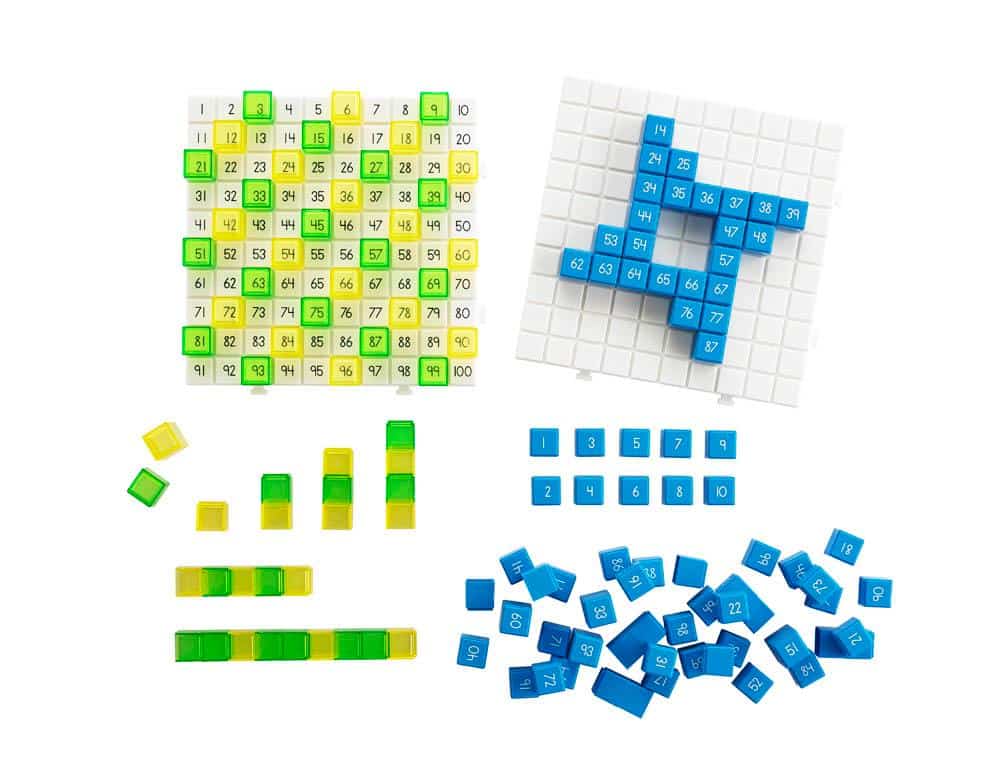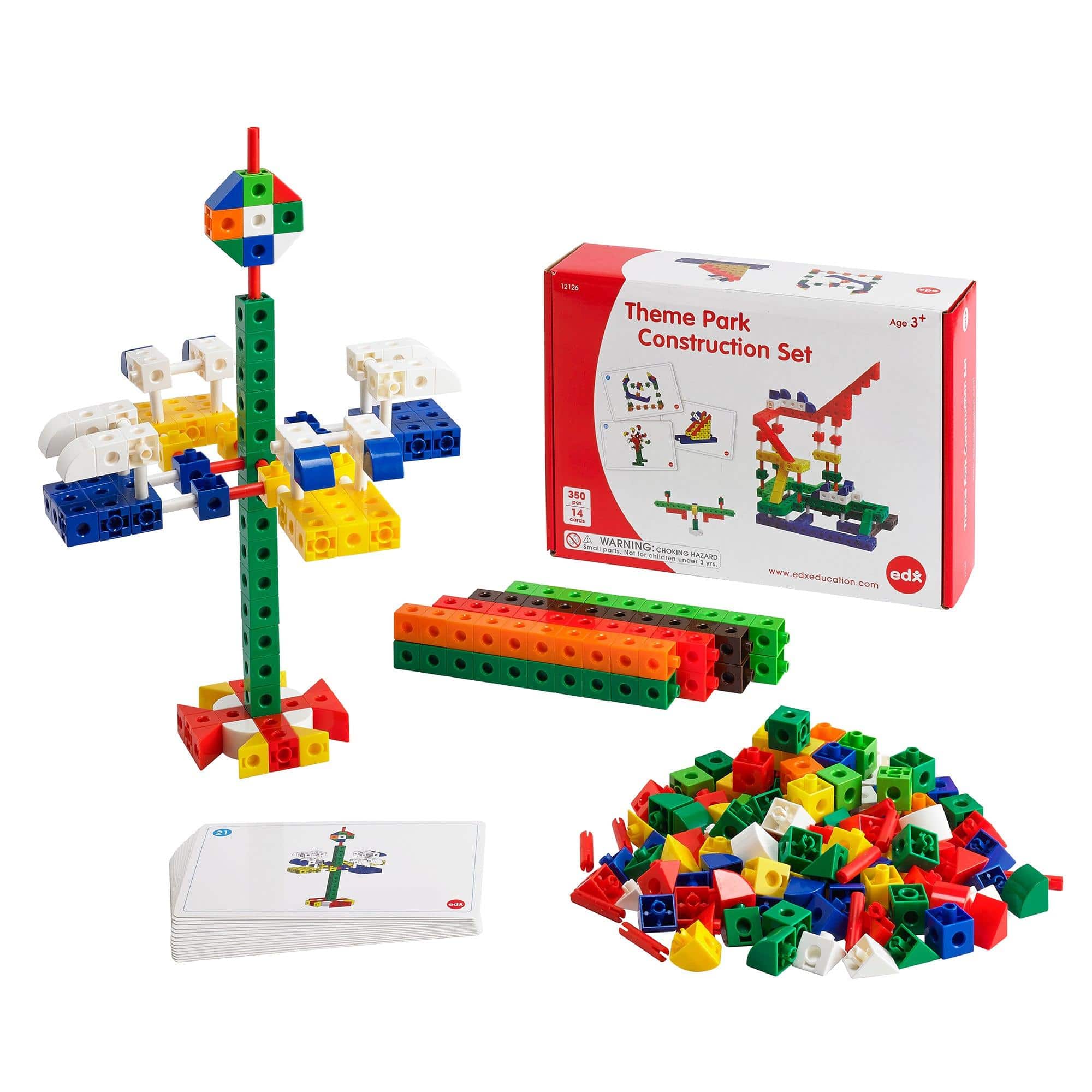The Connection Between Toys and Time Management Skills in Adolescence
Introduction
As adolescents navigate the challenging transition from childhood to adulthood, they often struggle with managing
their time effectively. This essential skill can significantly impact their academic performance, personal growth,
and overall success. Surprisingly, one overlooked factor that can help develop time management skills in
adolescence is the choice of toys. In this article, we will explore the connection between toys and time management
skills in adolescence and highlight essential features that can promote healthy time management habits.
The Connection Between Toys and Time Management Skills
Adolescence is a critical period for developing essential life skills, and time management is no exception. Toys,
although seemingly unrelated, can play a significant role in shaping an adolescent’s ability to manage their time
effectively. Here are some key points to consider:
- Engagement: Toys that require time management, such as board games or puzzles, encourage
adolescents to allocate their time wisely, prioritize tasks, and strategize. - Planning: Building toys, like LEGO sets, teach adolescents the importance of planning and
organizing their approach to complete a complex project within a given timeframe. - Delayed Gratification: Toys that require patience and persistence, such as building models
or crafting kits, help adolescents develop delayed gratification skills, which are crucial for effective time
management. - Role-playing: Engaging in imaginative play with dolls or action figures allows adolescents
to practice time management by assigning specific roles, setting timelines, and adhering to them.
Features That Promote Time Management Skills
When selecting toys for adolescents, certain features can enhance their time management skills. Consider the
following:
- Complexity: Choose toys that require problem-solving and time allocation. This helps
adolescents develop effective strategies and learn how to allocate their time efficiently. - Timed Challenges: Toys with timed challenges, such as building sets with specific time
limits, motivate adolescents to improve their efficiency and manage their time effectively. - Task Prioritization: Toys that involve managing multiple tasks simultaneously or following
a set order encourage adolescents to prioritize and make decisions based on urgency or importance. - Goal Setting: Toys that have clear objectives and encourage goal setting can teach
adolescents to manage their time effectively in pursuit of accomplishing desired outcomes. - Time Tracking: Consider toys that incorporate time tracking elements, such as timers or
countdowns. This enables adolescents to monitor their progress and evaluate their time management
effectiveness.
Conclusion
As adolescents strive to develop crucial time management skills, the role of toys should not be underestimated.
Engaging with the right toys can provide valuable opportunities for adolescents to learn how to allocate their
time wisely, plan, prioritize, and develop other essential time management habits. By considering the features
discussed in this article when selecting toys, parents, educators, and caregivers can actively support the
development of effective time management skills in adolescents. Choose wisely, and watch them grow!


